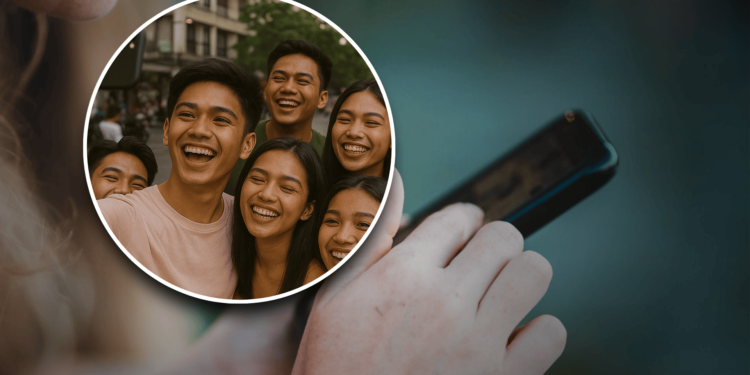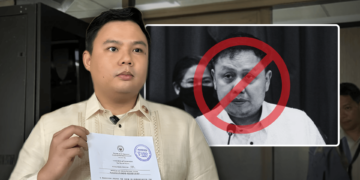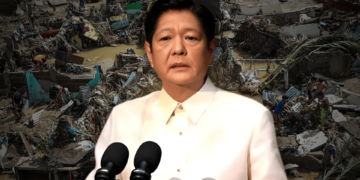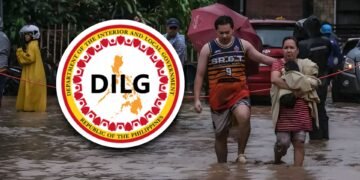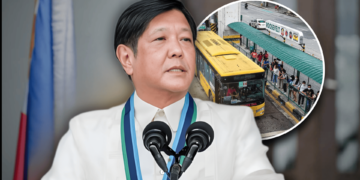Selfies are everywhere in the Philippines.
From jeepney rides to family reunions, every moment seems worthy of a snapshot. But behind the fun of filters and front-facing cameras lies something deeper: selfies are more than vanity.
They reflect how Filipinos negotiate self-esteem, body image, and identity in one of the most active social media cultures on the planet.
Selfies as a mirror of Filipino psychology
Studies on social networking site use among Filipino young adults reveal how online activity ties closely with self-esteem.
Social comparison often mediates this link, meaning selfies can affect how people evaluate themselves against others. Another study on the selfie phenomenon found that students had high self-esteem and body satisfaction, yet their perception of selfies still influenced confidence. Selfie-taking is not always harmful, but its impact depends on how individuals interpret their images.
Meanwhile, research on body acceptance and dysmorphia shows that selfies interact with body concerns in complex ways. Body dysmorphia symptoms can intensify the link between low body acceptance and compulsive selfie behavior, but not all frequent selfie-takers suffer from clinical issues. This means selfies serve as a psychological mirror, amplifying either confidence or insecurity depending on context.
Narcissism, self-promotion, and cultural nuance
The rise of “selfitis” pushed academics to ask if selfies encourage narcissism.
Studies on narcissistic tendencies among college students reveal mixed results. While selfie-taking was linked to narcissism, most respondents showed “seldom narcissistic” traits. Another paper reinforced that narcissistic behavior in selfies often depends on motives and cultural context. Filipinos may take selfies for validation, but also for community recognition, instant feedback, or to preserve memories.
Other research on psychological well-being found that selfie motives vary. Some seek attention, while others use selfies to archive experiences or maintain social ties. In high-activity groups, well-being often depends on social support and peer approval. This reflects the tension: selfies can uplift or pressure, depending on how people chase likes or feedback.
Culture, identity, and the Filipino selfie
The selfie trend also intersects with Filipino culture.
Food and lifestyle are part of the story, with Filipinos famously blending meals and memory in food selfies. The practice ties to amor propio (self-love) and pakikisama (camaraderie), where photos are shared to show inclusion and hospitality.
Filipinos are not casual players in this global habit.
A survey by Nokia once ranked them number one worldwide for taking and sharing photos of themselves. In 2014, Makati and Pasig were named the selfie capital of the world. Academic observers note how selfies become acts of self-presentation, shaping identity and belonging rather than just vanity.
Even opinion pieces highlight how Pinoy selfies symbolize fun, friendship, and inclusivity. They capture barkada dynamics, family ties, and even political or social signaling. In some cases, selfies with VIPs or celebrities even serve as proof of influence, showing how photos merge with cultural and social power.
More than vanity, a cultural lens
The evidence paints a layered picture. For Filipinos, selfies are not only about aesthetics or ego.
They are rituals of self-presentation, rooted in cultural values of identity, community, and social validation. The psychology shows risks — like narcissism, social comparison, or body dissatisfaction — but also benefits in confidence, memory, and connection. In the Philippines, selfies carry meaning that blends technology, psychology, and tradition, making them less a trivial trend and more a cultural lens.


